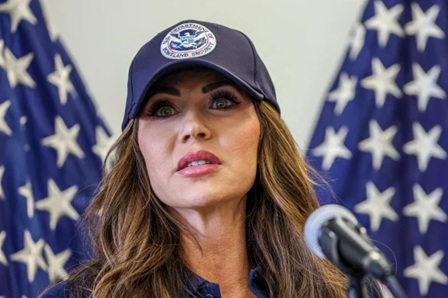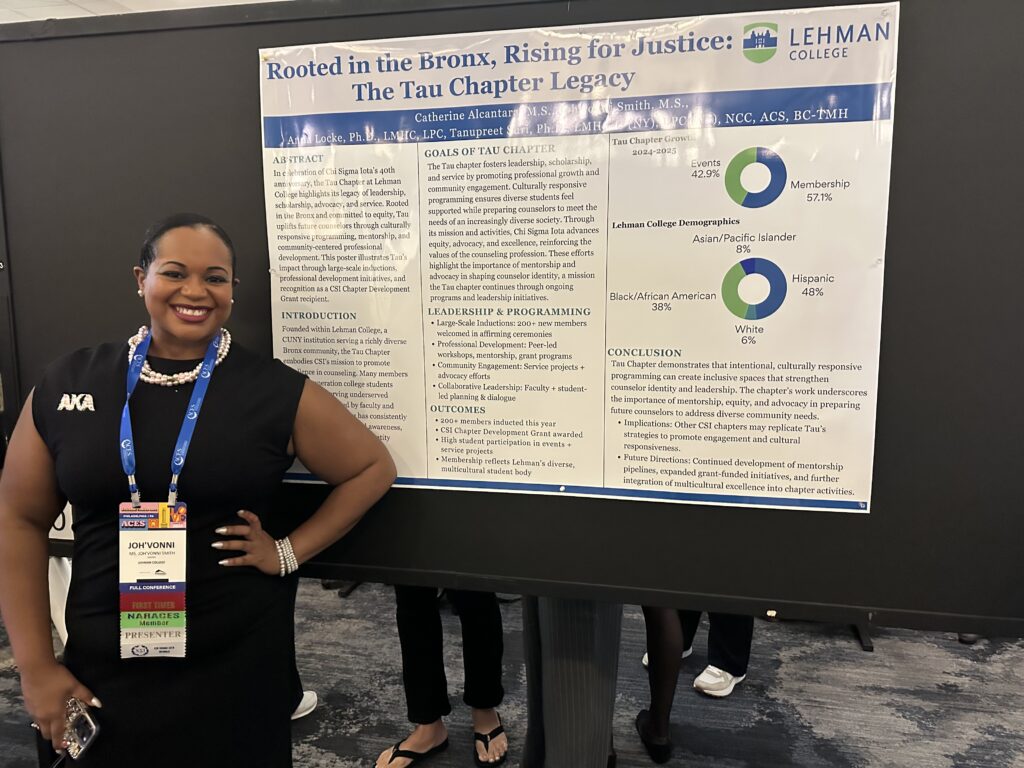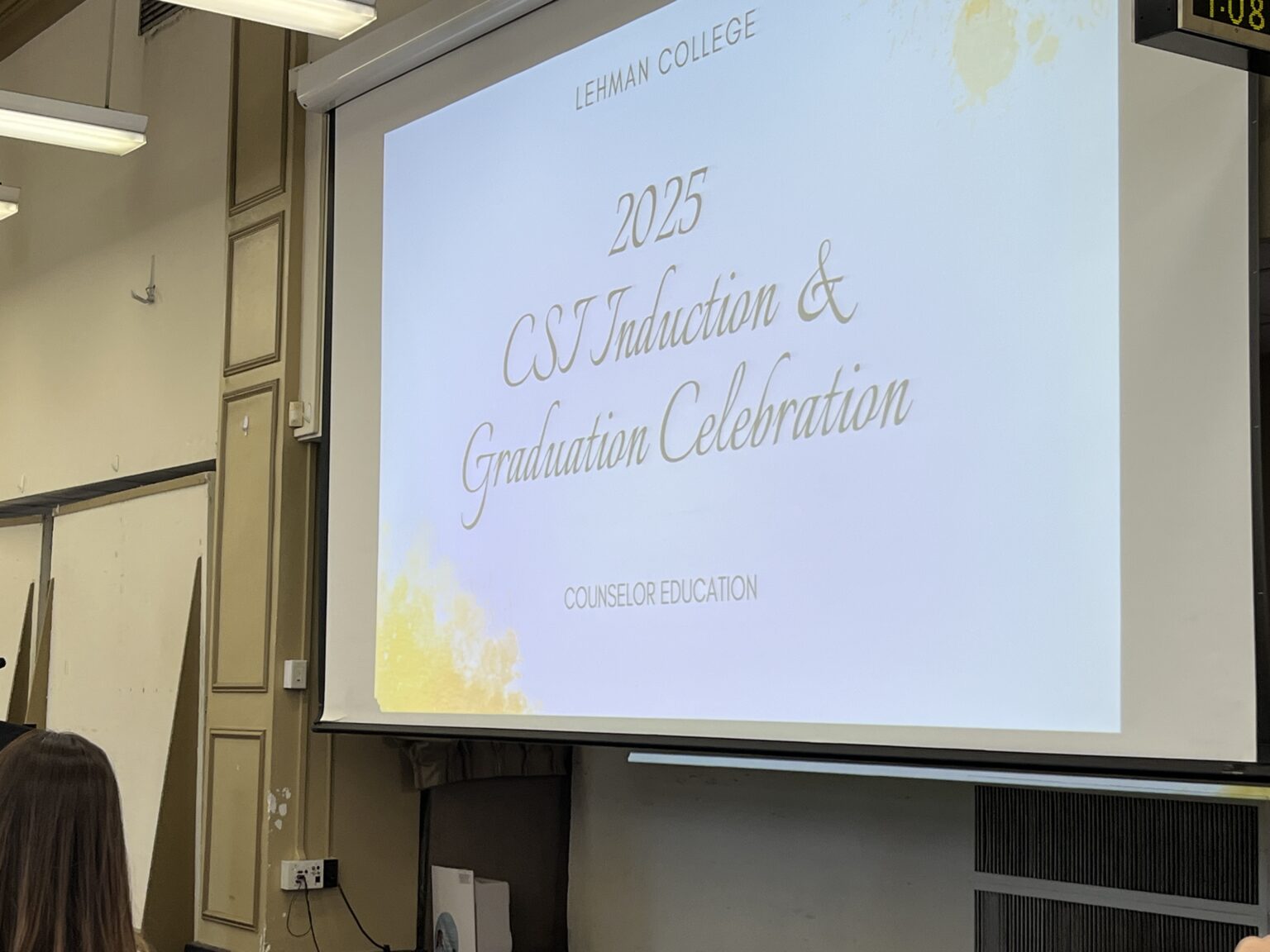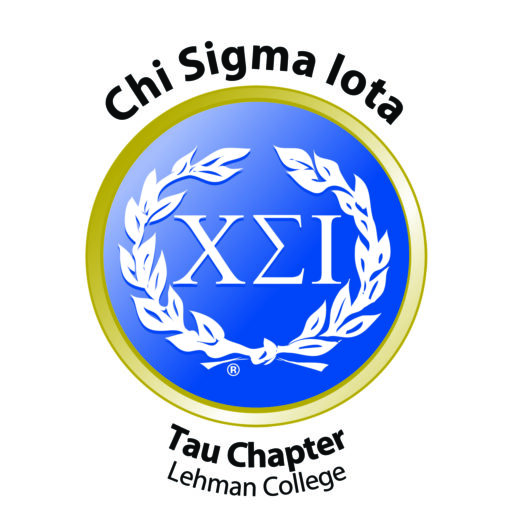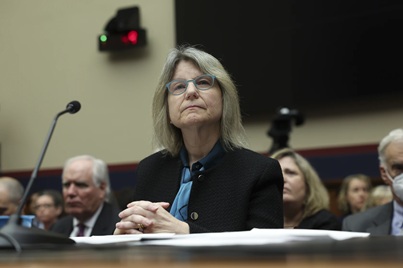Home » Articles posted by Angie Figueroa
Author Archives: Angie Figueroa
Final Individual Work by Angie Figueroa
What have I learned from this course? Throughout this course I have learned many things. One of the topics we’ve learned about in class that I really enjoyed learning about are Latino music artists such as Bad Bunny, Princess Nokia, and Selena Quintanilla since I am a big music lover. These are all people who […]
Group #4
Blog #1 What Became of the Taino? By: Angie Figueroa, Howard Liu Mo, Meleny Vargas Writing by Angie Figueroa: The Taino were indigenous people of the Caribbean who Christopher Columbus came across during his “explorations”. They treated him with nothing but kindness, unfortunately the same can’t be said about the way he treated them. The Taino people were actually very skilled and […]
